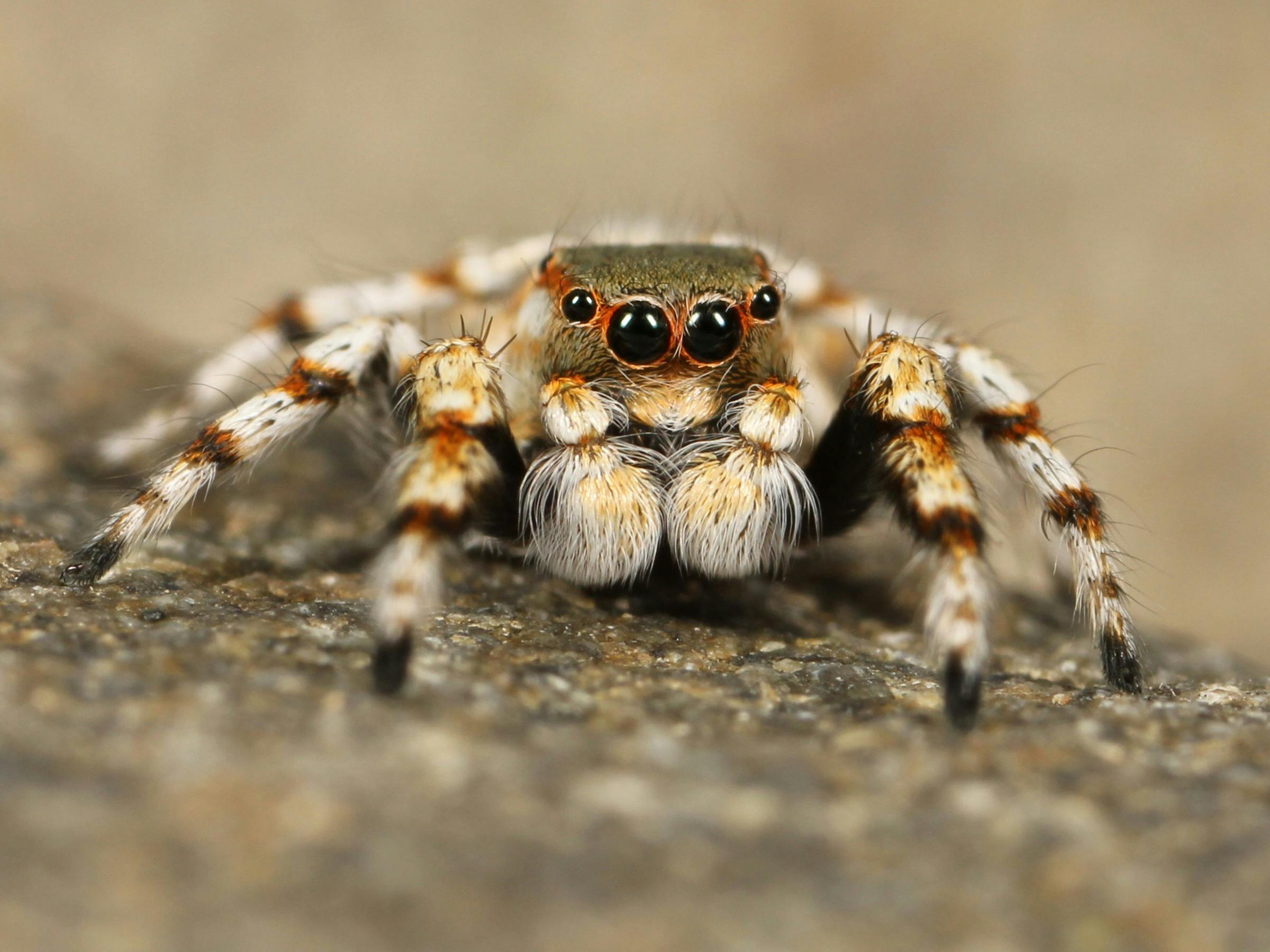

A Beginner’s Guide to Finding the Right Jumping Spider (Without Getting Bit or Bored)
So, you’ve seen the videos. Maybe it was a fuzzy spider waving at the camera with its adorable front legs, or one doing a perfect mid-air leap from twig to twig. Whatever it was, you’re spider-curious — and honestly, who could blame you?
Jumping spiders (Salticidae) are the kittens of the spider world. Curious. Clean. Full of personality. And surprisingly… kind of cute?
But if you're just getting started, the world of jumpers can be a bit overwhelming. There are hundreds of species, confusing enclosure setups, and a thousand conflicting opinions online.
This guide is here to help you cut through the noise — so you can confidently choose your very first eight-legged friend
Let’s start with the basics.
Jumping spiders (known by science nerds as Salticids) are a family of spiders known for:
They don’t spin big webs. They don’t lurk in corners. Instead, they actively explore, stalk, and hunt prey with surprisingly intelligent behavior.
For most beginners, Phidippus regius is the best bet — they're an easier species to care for and are widely available from reputable breeders.
Now that you know what you’re looking for, the next step is finding a spider who’s healthy, ethically bred, and ready for a new home.
⚠️ Avoid: Wild-caught spiders or sketchy sellers with no info or cramped conditions.
Wild caught spiders, while convenient, have a risk of carrying parasites and may die due to stress from the change of environment. Additionally, spiders are vital to the ecosystem and pesticides have caused a decline in their population and removing anymore from the wild risks damaging the ecosystem.
When you receive your spider (or pick it out in person), here’s a quick health checklist:
If your spider arrives in a “death curl” (legs tucked under body) or isn’t responding after a few hours — contact the seller immediately.
Yes — spiders have personalities.
Some jumpers are bold and interactive. Others are shy and prefer observing you from their silk hammock.
You can’t always predict temperament in advance, but some indicators:
Whatever their vibe, respect their space and let them build trust. They’ll often get more interactive over time.
Before your jumper arrives, make sure you have:
| Item | Why You Need It |
|---|---|
| Enclosure (15x15x22cm) | This is where you will keep your spider |
| Mesh ventilation | Prevents mold and keeps air fresh |
| Climbing decor | Gives your spider things to climb on and explore |
| Feeding tweezers | For safe, easy insect offering |
| Spray bottle | Light misting for hydration (1× a week) |
| Live food | Hydei fruit flies, crickets, roaches |
Want help setting it up? Check out our guide: [Setting Up Your Jumping Spider’s Enclosure →]
Just a few quick beginner traps to avoid:
You’re officially a spider enthusiast now!